The Pioneer Mill 1880
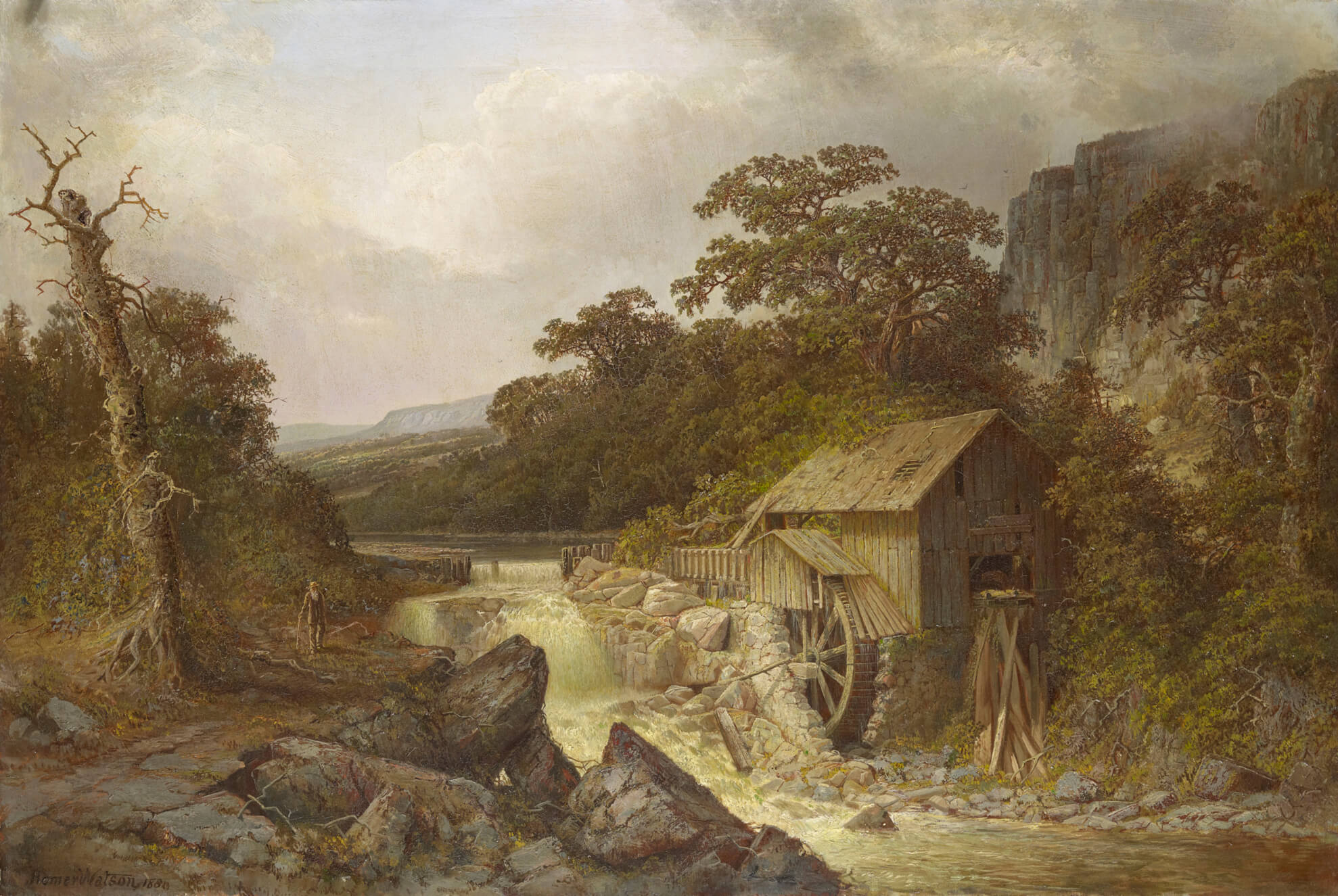
Homer Watson, The Pioneer Mill, 1880
Oil on canvas, 86 x 127.8 cm
Royal Collection Trust, Windsor Castle, Berkshire
No painting was more important for Watson’s career than The Pioneer Mill. This large canvas shows a small, dilapidated, and obviously non-functioning mill nestled within a romantic landscape of sheer cliffs and encroaching trees, the shapes and details of every object conveyed by the careful draftsmanship that characterizes Watson’s early artworks. Its purchase in 1880 by Canada’s governor general, the Marquis of Lorne, as a gift for Queen Victoria, remains the best-known story about Watson’s journey from obscurity to international renown.
Watson’s later recollections of the occasion were somewhat exaggerated. There was never, for example, a “flaming” headline in the Toronto Globe that read, “Country boy paints picture bought by Princess Louise” (the queen’s daughter and Lorne’s wife) as Watson had written. Still, the purchase led to an ongoing relationship with Lorne, who bought subsequent work from Watson and who also used his connections to further the artist’s career in Britain beginning in the second half of the 1870s. Among other things, in 1889 Lorne gave Watson access to the room in which the painting hung in Windsor Castle so that he could prepare an etching based on it.
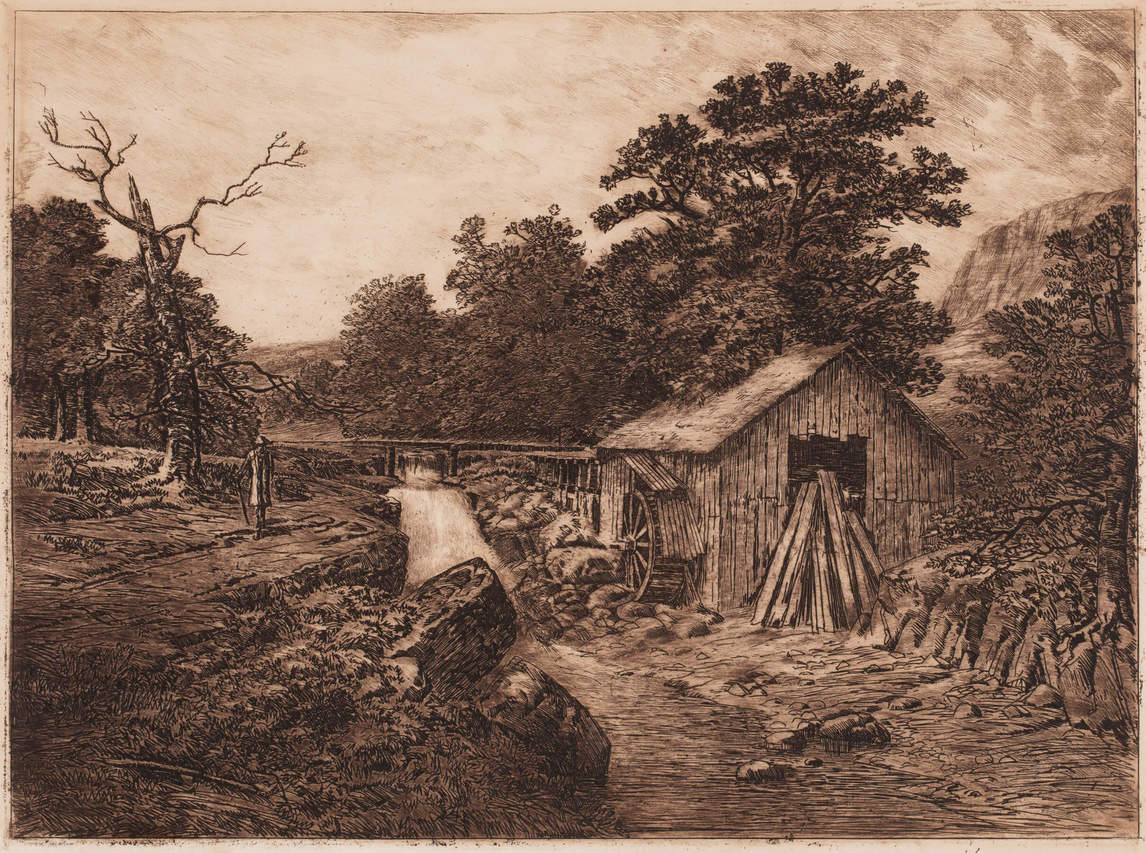
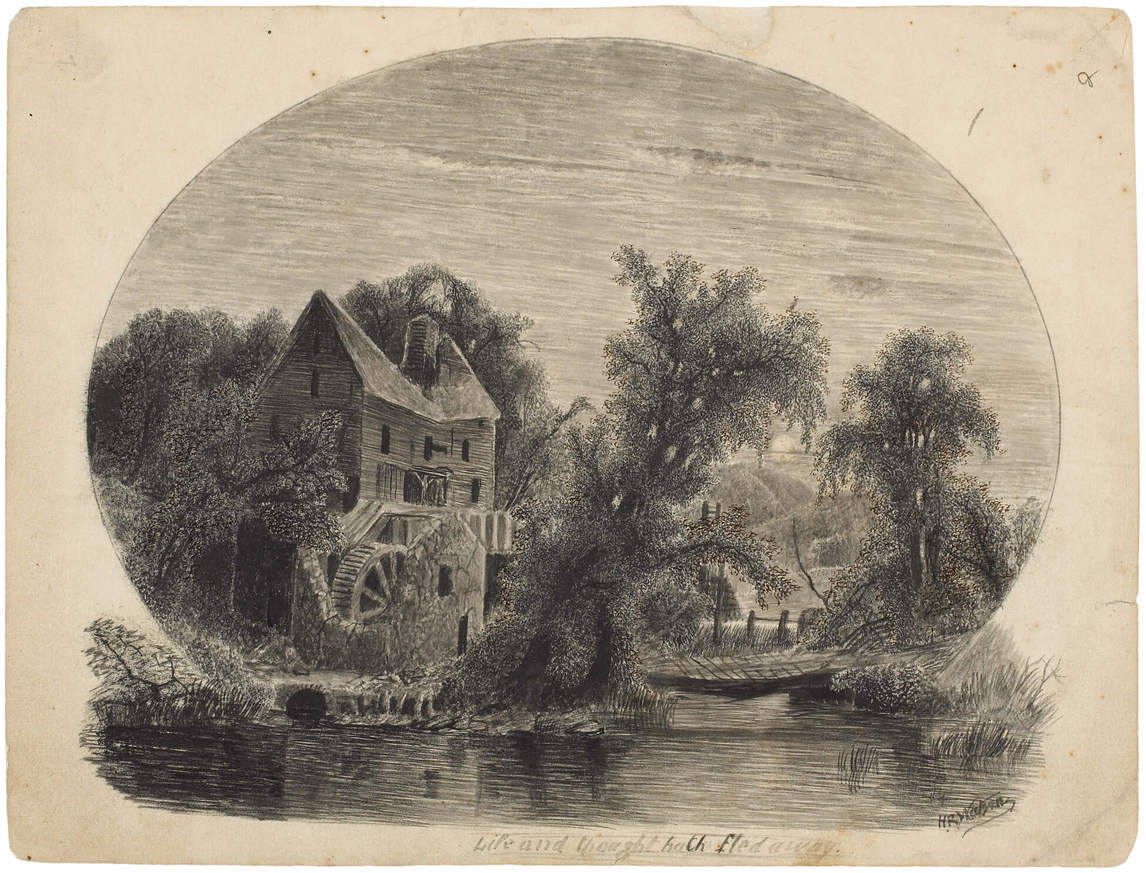
The Pioneer Mill—both oil and etching—was very much of its time and place. Late nineteenth-century Ontario was fascinated with its recent history, and especially with the hardiness and independence that were widely associated with pioneers. The province’s rampant industrialization during the decades around 1880 led to waves of regret about the decline of quaint water-wheel mills, symbols of a supposedly simpler but disappearing society. This theme recurs frequently in Watson’s work, including in a polished drawing that he significantly titled Life and Thought Hath Fled Away, c.1865–69. A similar state of neglect defines The Pioneer Mill: the building’s roof is damaged, trees are impinging, and the millrace (the current of water that turns the millwheel) largely bypasses the wheel.
For Watson, all this was personal. The building in The Pioneer Mill recalls the sawmill that Watson’s paternal grandfather had built in Doon. It was not, however, intended as an accurate representation of the mill and its surroundings. For example, the looming cliff adds a romantic touch that likely derives from the river valleys that Watson had seen a few months earlier during his travels in New York State. Watson was well aware that the downfall of his grandfather’s mill (symbolized especially by the image’s dead tree) was due to faceless industrialization and individual human greed. In a lengthy unpublished essay he moralized on how his grandfather’s mill, by relentlessly devouring trees, created a wasteland that ultimately spelled the mill’s collapse. For Watson, The Pioneer Mill was as much a warning about human-engendered environmental degradation as it was a hymn to the pioneers of the Doon area.

 About the Author
About the Author
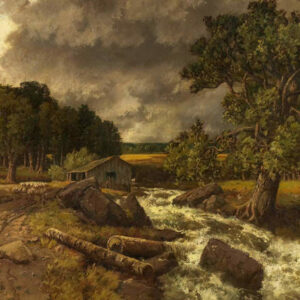 More Online Art Books
More Online Art Books
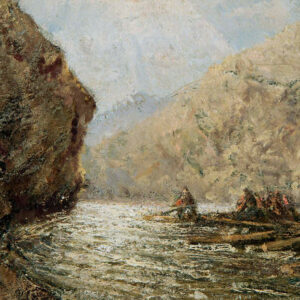 Acknowledgements
Acknowledgements